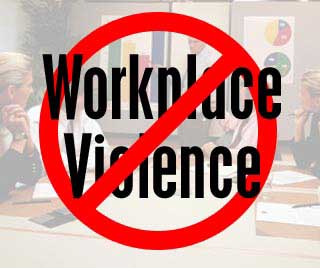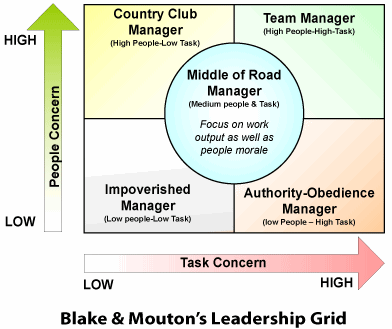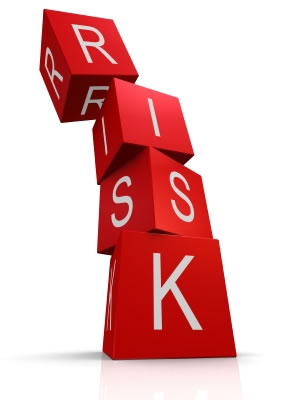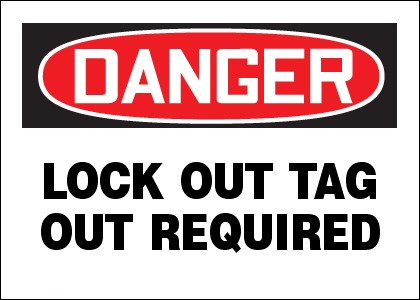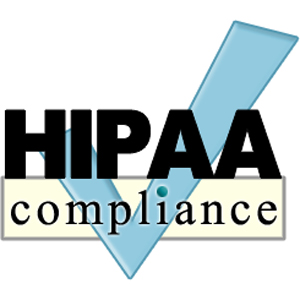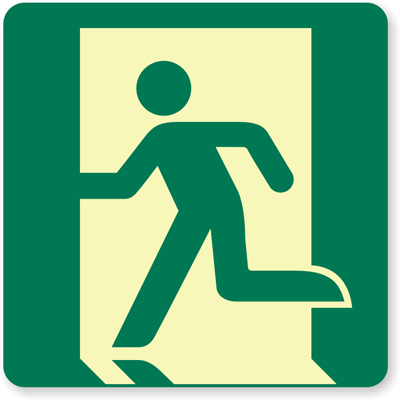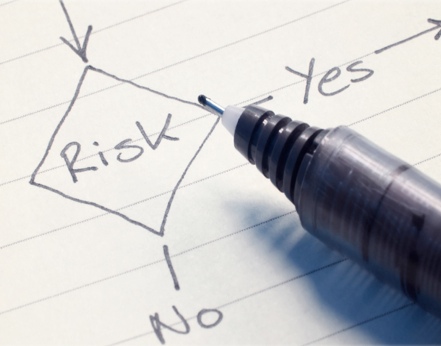 Human resources have two roles in risk management.
Human resources have two roles in risk management.
First, people are a source of risk, e.g., shortage of employees, people doing sloppy work, an employee refusing to take on additional responsibility, or a key employee leaving two months after completion of a one-year training program.
Second, people are important in handling risk, e.g., people using their ingenuity to solve unexpected problems, employees going the extra mile for the good of the organization, a key employee redesigning her own job to avoid unnecessary delays in getting work done, or an employee persuading a talented friend to apply for a position in the business.
via The Role of Human Resource Management in Risk Management – eXtension.

